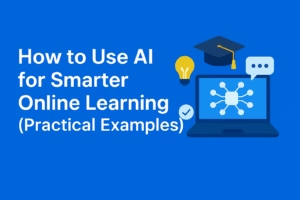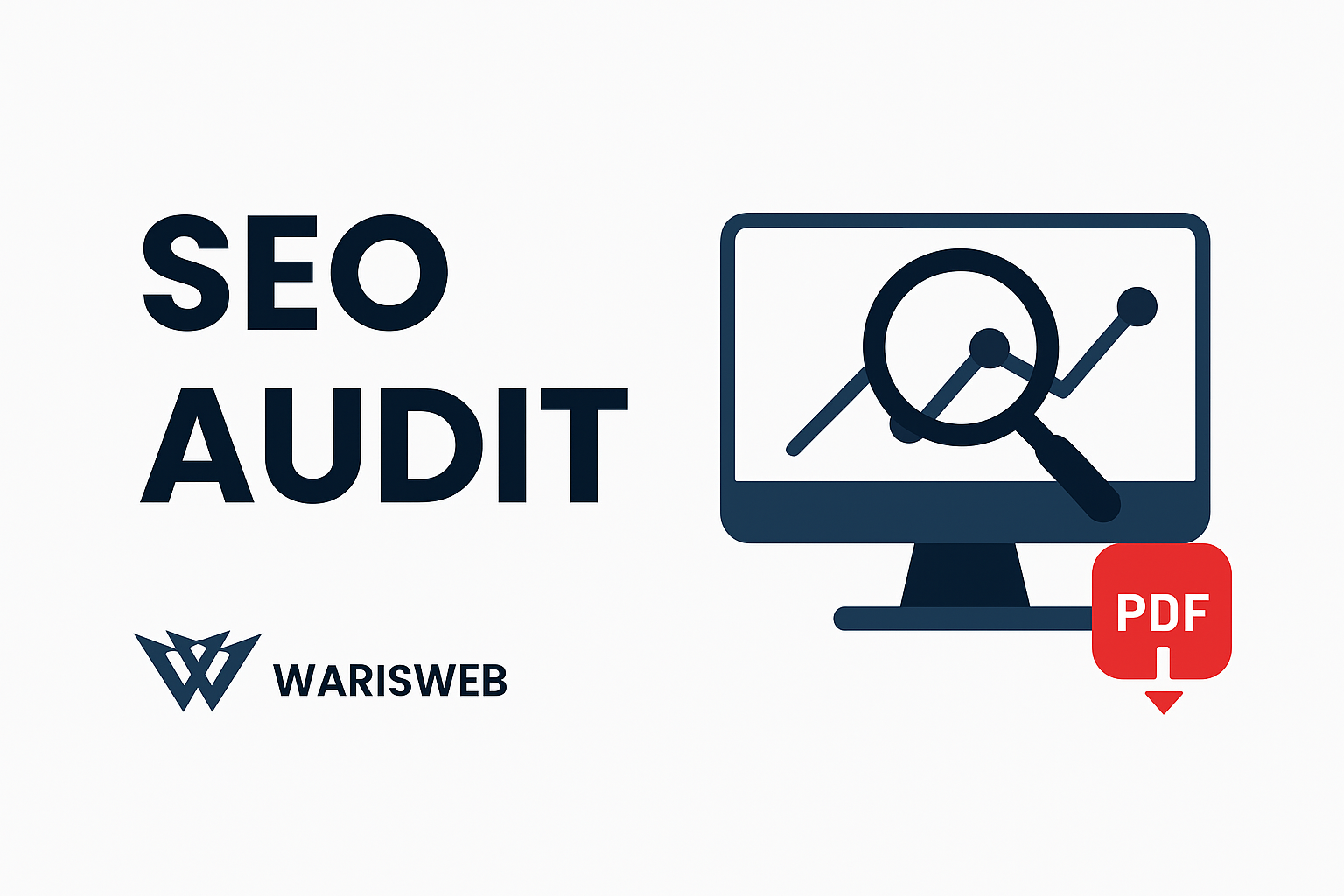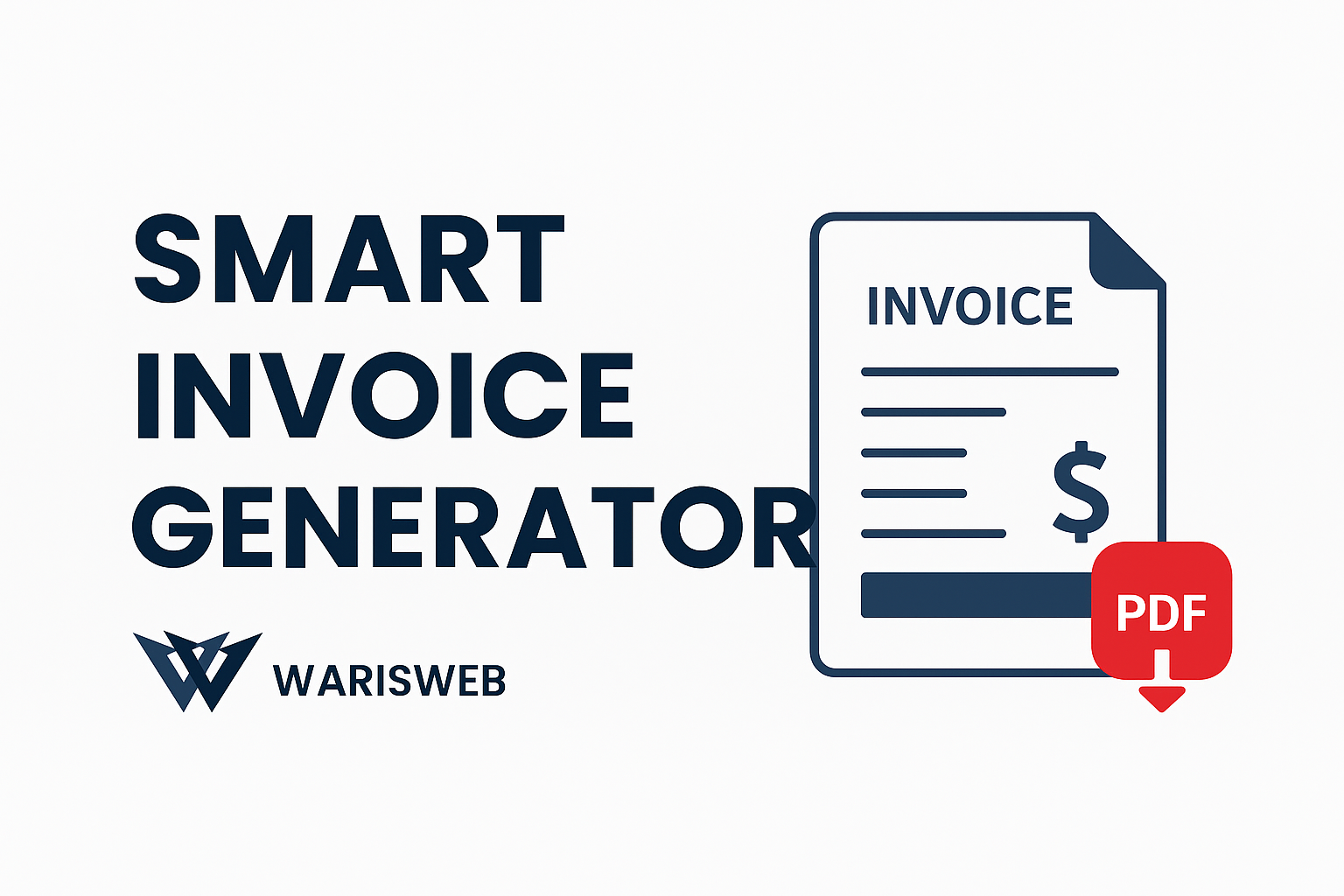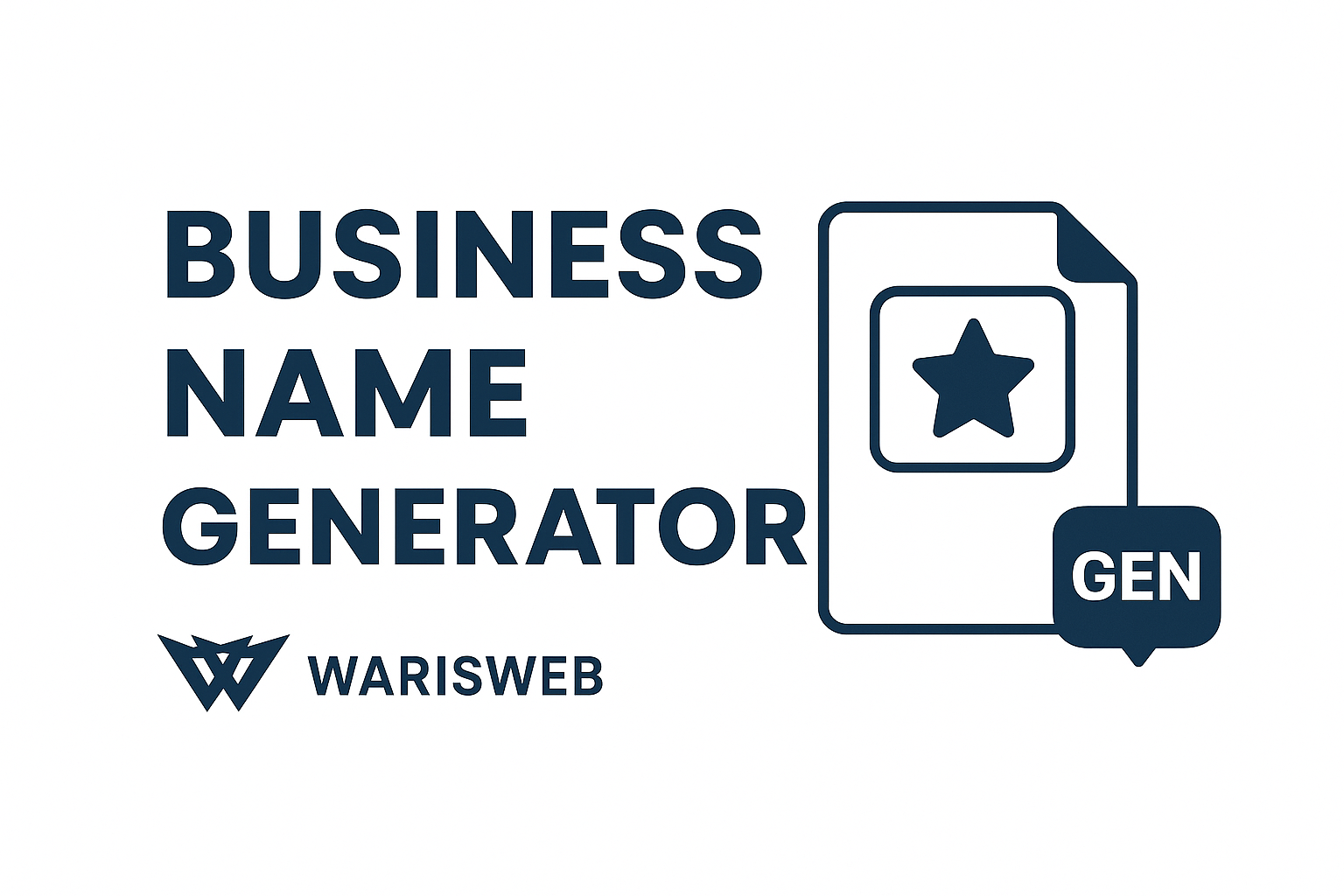AI vs Human Teachers: Can AI Replace Educators?
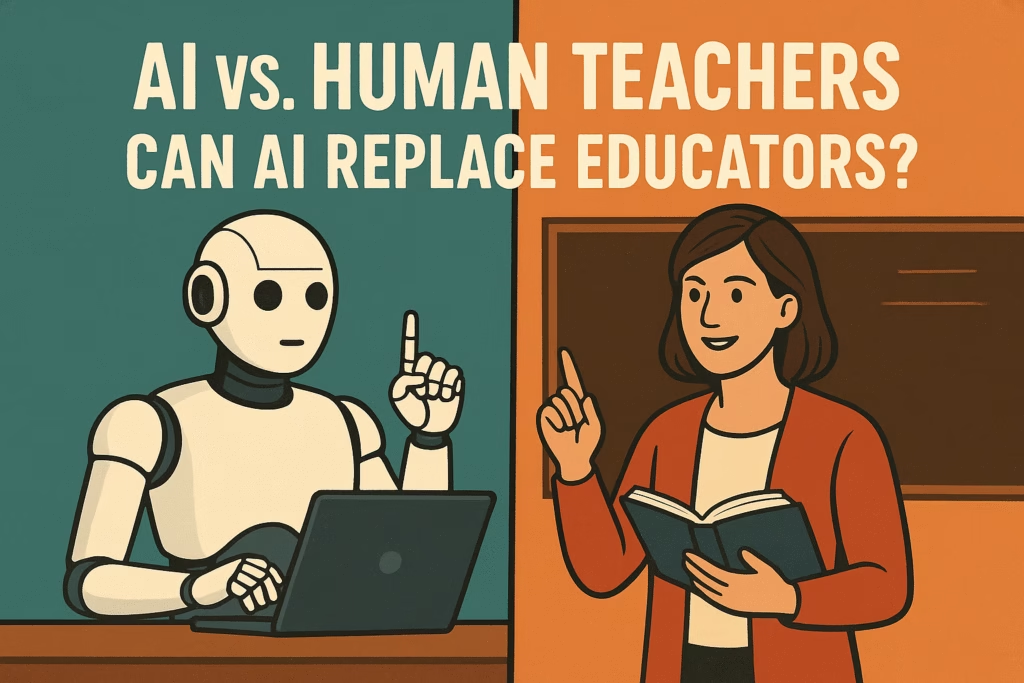
Walk into a classroom today, and you might see something that would’ve seemed like science fiction a decade ago: students getting instant feedback from AI tutors, teachers using algorithms to identify struggling learners before they fall behind, and personalized lesson plans generated in seconds rather than hours.
Artificial Intelligence is reshaping industries across the board, and education is very much in the thick of it. Half of all educators are now using AI technologies to help create lesson plans, and 58% of university instructors use generative AI in their daily practice. The technology promises personalized learning at scale, instant grading, and 24/7 availability.
But here’s the real question everyone’s asking: does this mean AI can actually replace teachers?
Spoiler alert: it’s complicated. Let’s dig into what AI can and can’t do in education, and why the future probably looks more like collaboration than replacement.
The Rise of AI in Education
AI in education isn’t some far-off concept anymore—it’s already here, and it’s growing fast. The global AI market in education was valued at approximately $5.88 billion in 2024 and is projected to grow at a compound annual growth rate of 31.2%. That’s not just hype; that’s real money flowing into real tools that students and teachers are using right now.
You’ve probably heard of some of these:
Duolingo uses AI to adapt language lessons to your learning pace. Get something wrong repeatedly? The app notices and gives you more practice on that specific concept.
Khan Academy’s AI tutor (Khanmigo) can explain math problems step-by-step, answer questions, and even help with essay writing—all in a conversational way that feels surprisingly human.
ChatGPT and similar tools have become study companions for millions of students, helping them understand complex topics, brainstorm ideas, and get unstuck when they’re confused.
Adaptive learning platforms in schools track every answer a student gives and adjust the difficulty in real-time, something that would be impossible for a teacher managing 30 students simultaneously.
The trend is clear: AI is becoming a fundamental part of how education works. Around 74% of districts plan to train teachers on AI by Fall 2025, which shows this isn’t just a tech experiment—it’s becoming standard practice.
Benefits of AI in Education
Let’s be honest about what AI does really well. There are some genuine advantages here that we shouldn’t dismiss just because we’re worried about the implications.
Personalized Learning
This might be AI’s strongest selling point. In a traditional classroom, a teacher has to aim for the middle—not too easy, not too hard—because they’re teaching 25 or 30 different students at once. Some kids are bored because the material’s too simple. Others are completely lost because it’s moving too fast.
AI doesn’t have this problem. Adaptive algorithms can customize lessons based on each student’s performance, learning speed, and even the types of mistakes they’re making. If you’re struggling with fractions, the AI can give you more fraction problems and explain them in different ways until you get it. If you’re breezing through, it can challenge you with more advanced material.
It’s like having a tutor who has infinite patience and never gets tired—and who knows exactly where you’re struggling.
Instant Feedback & Assessment
Remember waiting a week to get your essay back? Or wondering if you got that math problem right until the next class? AI eliminates that anxiety.
Quizzes can be graded instantly. AI can analyze essays for grammar, structure, and even argument quality in seconds. Performance analytics can show students (and teachers) exactly which topics they’ve mastered and which ones need more work—in real-time.
This immediate feedback loop is actually really valuable for learning. Research shows that the faster you get feedback, the better you learn. When you know immediately whether you got something right or wrong, you can adjust your understanding while the material is still fresh in your mind.
Accessibility
This is huge and often overlooked. AI-powered education tools can reach students who traditionally might not have access to quality education.
Students in remote areas without access to specialized teachers can learn from AI tutors. Kids learning in their second or third language can get instant translation and explanations in their native language. Students with disabilities can use AI tools that adapt to their specific needs—whether that’s text-to-speech, visual aids, or alternative explanation methods.
Education becomes less about where you live or what resources your school has, and more about your willingness to learn. That’s genuinely democratizing.
Cost-Effective Solutions
Let’s talk about the elephant in the room: money. Education is expensive. Teachers need salaries, benefits, training, and ongoing professional development. Schools need buildings, maintenance, and administrative staff.
AI, once developed, can scale almost infinitely. One AI tutor can theoretically help millions of students simultaneously. The marginal cost of adding one more student is essentially zero. For developing countries or underfunded school districts, that math is pretty compelling.
Now, before anyone gets worried—this doesn’t mean AI is cheaper than teachers because it’s better. But when faced with a choice between 100 students per teacher with no AI, or 30 students per teacher with AI support, the economics start making sense.
Limitations of AI in Education
Alright, here’s where things get real. For all its impressive capabilities, AI has some pretty significant limitations when it comes to education. And some of these aren’t just technical problems that’ll be solved in a few years—they’re fundamental to what AI is and isn’t.
Lack of Emotional Intelligence
This is the big one. AI can process data, recognize patterns, and generate responses. What it can’t do is genuinely understand human emotions, provide real empathy, or recognize when a student is struggling with something that has nothing to do with academics.
Teachers with high emotional intelligence are good at engaging students in learning activities, which has a positive impact on student learning outcomes. They can see when a kid is having a bad day and needs encouragement. They notice when a usually chatty student goes quiet and might need someone to check in. They understand that the student who’s “acting out” might be dealing with problems at home.
AI can’t mentor you through your first heartbreak, can’t inspire you with passion for a subject because they genuinely love it, and can’t look you in the eye and say, “I believe in you” in a way that actually changes how you see yourself.
Creating a sense of emotional safety for students is central to learning—and that’s something AI fundamentally cannot provide. It can simulate empathy, but simulation isn’t the same as the real thing.
Think about your own education. Chances are, the teachers you remember most aren’t the ones who had the most comprehensive lesson plans. They’re the ones who saw something in you, who pushed you when you needed pushing, or who showed you kindness when you needed it most. That’s not programmable.
Over-Reliance on Technology
Here’s a concerning trend: when we hand off more and more of education to AI, we risk reducing the kinds of human interactions and creative thinking that make learning meaningful.
Studies indicate that AI systems could inadvertently disclose personal information, but beyond privacy, there’s a deeper concern about what happens when students become too dependent on AI assistance.
If students always have an AI to explain things, do they lose the ability to struggle productively with difficult concepts? If they can always get an instant answer, do they stop developing the patience and persistence needed for deep learning?
Some of the most valuable learning happens when you’re stuck—when you have to really think, try different approaches, make mistakes, and figure it out yourself. There’s a risk that AI makes learning too easy, too frictionless, and in doing so, robs students of the challenge that builds real understanding.
Plus, let’s be honest: creativity often comes from boredom, from having to entertain yourself, from making connections that no algorithm suggested. If AI is always providing the next step, the next idea, the next solution—where does that leave room for genuine creative thinking?
Ethical & Privacy Concerns
This is getting more serious by the day. AI education tools collect enormous amounts of data about students: what they know, how they learn, where they struggle, how long they spend on each problem, what time of day they’re most productive, and on and on.
Concerns over bias in AI models increased from 36% in 2023 to 49% in 2024 among faculty and administrators. Concerns about data privacy and security of AI models also rose, from 50% to 59%.
Who owns that data? Who has access to it? Could it be sold to advertisers? Could it be used against students later in life? What happens when there’s a data breach and sensitive information about children ends up in the wrong hands?
And then there’s algorithmic bias. AI systems are trained on data, and if that data reflects existing biases—racial, socioeconomic, gender-based—then the AI will perpetuate and possibly amplify those biases. Bias in algorithms can affect educational outcomes, potentially directing students toward or away from certain opportunities based on patterns that have nothing to do with their actual potential.
Respondents expressed fears over data misuse, unauthorized access, and the potential for AI to facilitate plagiarism and undermine critical thinking. These aren’t hypothetical concerns—they’re things educators are actively worried about right now.
The Unique Value of Human Teachers
After looking at all of AI’s capabilities, we need to talk about what makes human teachers irreplaceable. Because for all the impressive things AI can do, there are fundamental aspects of teaching that require being human.
Emotional support and mentorship go way beyond just explaining concepts. Teachers are often the first to notice signs of abuse, mental health struggles, or family problems. They provide a stable adult presence for kids who might not have that at home. They model what it looks like to care about learning, to be curious, to persist through difficulty.
A teacher doesn’t just teach math or history—they teach what it means to be a thoughtful, engaged human being. That kind of modeling can’t be coded.
Critical thinking and creativity development require more than just presenting information and checking answers. Great teachers ask provocative questions that don’t have clear answers. They create classroom discussions where students wrestle with ambiguity, consider multiple perspectives, and develop their own viewpoints.
They assign projects that are messy and open-ended, where the journey matters more than the destination. They encourage students to make creative leaps, to take intellectual risks, to defend ideas that might be unpopular. AI can facilitate some of this, but it can’t replace the dynamic, unpredictable nature of real human discourse.
Role models beyond academics might be the most underappreciated aspect of teaching. Teachers show students what passionate engagement with ideas looks like. They demonstrate intellectual humility by saying “I don’t know, let’s figure it out together.” They model ethical behavior, conflict resolution, and how to respectfully disagree.
For many students, especially those from disadvantaged backgrounds, teachers are the only college-educated professionals they regularly interact with. That representation matters enormously for showing kids what’s possible for their own futures.
You can’t download inspiration. You can’t program passion. And you can’t replace the impact of a teacher who genuinely sees a student’s potential and refuses to let them settle for less than their best.
Future of Education – Collaboration, Not Replacement
So here’s where we land: the future of education isn’t AI versus teachers. It’s AI working alongside teachers, each doing what they do best.
Think of it like this: AI as the teaching assistant who never gets tired, who can handle all the repetitive, time-consuming tasks that teachers currently spend hours on—grading, tracking progress, creating customized practice problems, managing administrative paperwork.
Meanwhile, teachers do what only humans can do: building relationships, providing mentorship, facilitating meaningful discussions, noticing when something’s wrong, inspiring curiosity, and helping students develop into thoughtful, capable adults.
The hybrid model in practice: Imagine a classroom where AI handles the initial instruction and practice for new concepts. Students work through material at their own pace, and the AI identifies exactly who’s struggling with what. The teacher then has real-time data showing them where to focus their attention—which students need one-on-one help, which concepts the whole class is confused about, which students are ready for enrichment.
Class time becomes less about lecturing (which AI can do just fine) and more about discussion, application, creative projects, and relationship-building. The teacher isn’t trying to be everywhere at once because the AI is handling the individualized practice and immediate feedback.
AI could handle grading routine assignments, giving students instant feedback on their work. Teachers then focus on evaluating the things that require human judgment—creativity, original thinking, nuanced understanding, personal growth. They have more time for meaningful interactions with each student instead of spending evenings drowning in paperwork.
Some schools are already experimenting with this model. Teachers use AI for lesson planning and differentiation, then spend their actual teaching time on discussions, projects, and one-on-one mentoring. 50% of educators are utilizing AI technologies to assist with creating lesson plans, freeing them up to focus on the human elements of teaching.
This isn’t about replacing teachers—it’s about empowering them to be more effective by removing the parts of their job that don’t actually require a human touch.
Conclusion
So, can AI replace human teachers? The short answer is no—not even close.
AI is transforming education in powerful ways. It’s making personalized learning possible at scale, providing instant feedback, increasing accessibility, and handling time-consuming administrative tasks. These are real, significant benefits that we shouldn’t dismiss.
But AI cannot replace the emotional intelligence, mentorship, inspiration, and human connection that makes teaching powerful. It can’t notice when a student is struggling with more than just academics. It can’t inspire curiosity through genuine passion. It can’t model what it means to be a thoughtful, ethical person. It can’t look a kid in the eye and say “I believe in you” in a way that changes their life.
The future of education isn’t about AI versus teachers—it’s about AI and teachers working together. Technology handles what it does best: personalization, instant feedback, data analysis, and administrative tasks. Teachers focus on what only humans can provide: emotional support, critical thinking development, mentorship, and inspiration.
That’s not a compromise. That’s actually the best possible outcome—combining the scalability and efficiency of AI with the irreplaceable human elements of great teaching.
The question isn’t whether AI will replace teachers. It’s how we can use AI to make teachers more effective, give them more time for meaningful human connection, and help every student get the personalized attention they deserve.
And honestly? That’s a future worth working toward.
Frequently Asked Questions?(FAQ's)
No. While AI will continue to advance, the emotional intelligence, mentorship, and human connection that teachers provide are fundamental to effective education. AI can support and enhance teaching, but cannot replicate the human qualities that make learning meaningful and transformational.
Personalized learning at scale. AI can adapt to each student’s pace, learning style, and specific struggles in ways that would be impossible for a teacher managing dozens of students simultaneously. It provides instant feedback and customizes content in real-time based on performance.
Teachers will increasingly use AI for time-consuming tasks like grading routine assignments, creating lesson plans, tracking student progress, and generating customized practice materials. This frees them to focus on higher-value activities like one-on-one mentoring, facilitating discussions, developing critical thinking, and providing emotional support.
AI can be safe if implemented with strong privacy protections and ethical guidelines. However, concerns about data collection, algorithmic bias, and privacy violations are valid and growing. Schools need clear policies about data usage, transparency in how AI makes decisions, and safeguards against potential misuse of student information.
Share This Post:
Previous Articles:

How to Pick the Right Online Certification for Your Career Path


